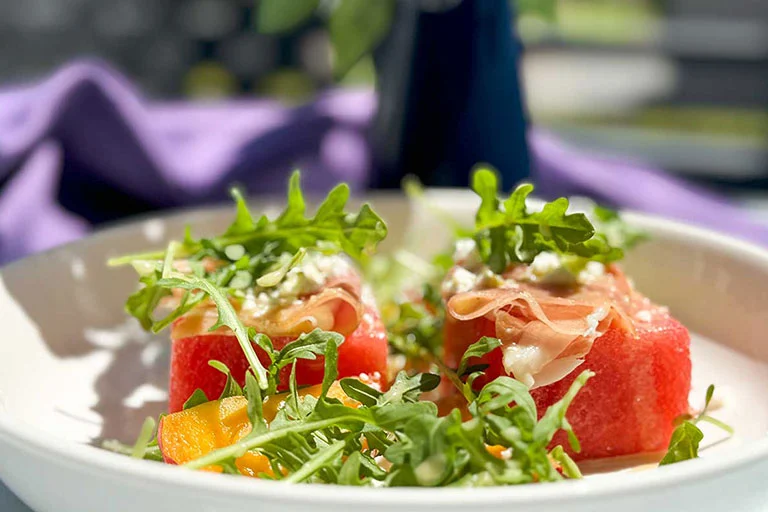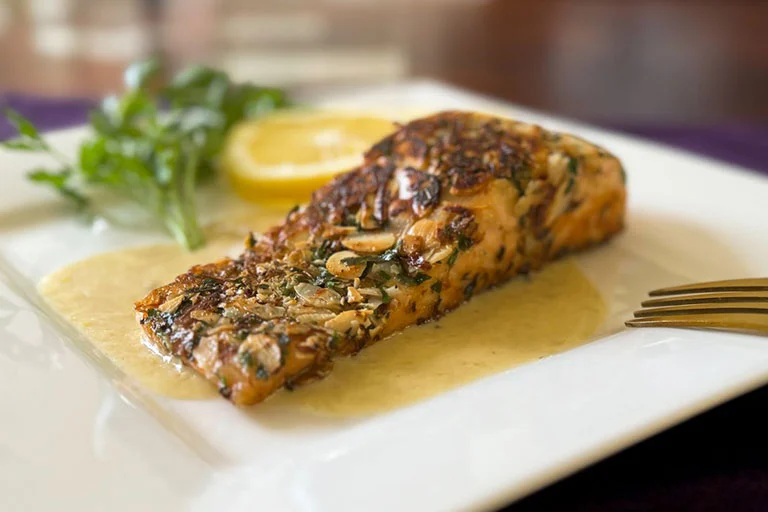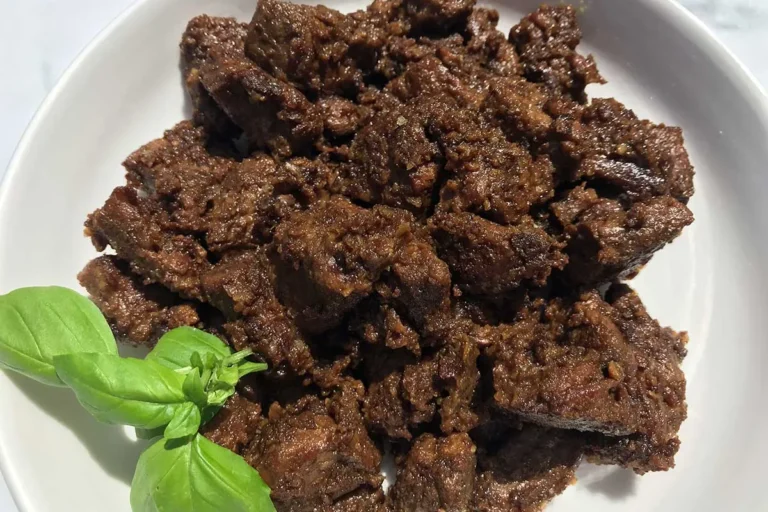
Oh, are you in for a treat! This is an easy beef rending recipe that takes advantage of a great seasoning starter that saves time in the kitchen and keeps you from needing a shopping list of ingredients usually used in this recipe. I don’t make a lot of Indonesian recipes, so I don’t always have many of the spices and fresh ingredients called for in a rending recipe. The Shawhan Farms Rendang Curry Gourmet Dry Mix made creating this dish a breeze. I added some authentic touches along the way like toasted coconut and some coconut milk, but you could leave those out. I added the coconut milk for the creaminess and added the coconut for texture…a good rending needs it in my opinion.
Let’s get started by talking about Rendang. This is probably the most made beef dish in Indonesia, Singapore and and Malaysia. It is a rich beef stew that is packed with flavor. It is a curry and typically served with rice. It is sweet and spicy, and traditionally made rich with the use of coconut milk.
I first had this dish in NYC years ago and the version I had was so spicy I could barely eat it. This version is much tamer than I remember. It is very light on the heat. That makes this a winner for me. Plenty of flavor and just enough heat so that I could enjoy the dish. If you like a spicer version, I would add in some fresh chilis.
Yes, beef rendang is typically a spicy dish. The level of spiciness can vary depending on the amount and type of chili used in the recipe. The spiciness contributes to the complexity of flavors in the dish. As noted earlier, I found the spices to be moderately spicy. You could control this by using more or less of the spice mixture.
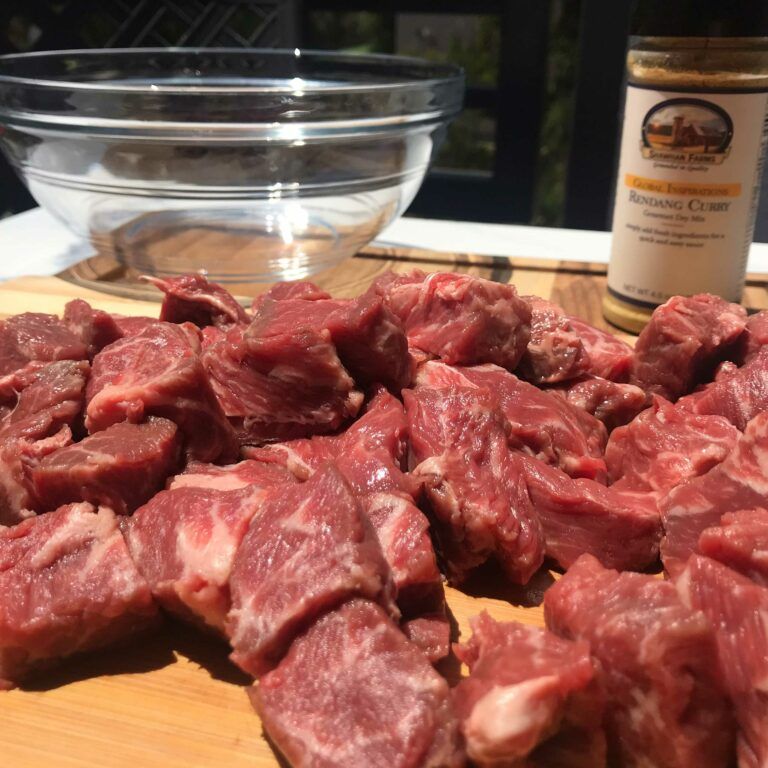
. coconut milk powder
. ginger
. galangal
. star anise
. tumeric
. lemongrass
. lime leaves
. tamarind
So, although I was able to eliminate all those items and a lot of steps while making this dish, I was skeptical. But I forged ahead hoping for the best.
To get started, you are just going to cut your meat into small cubes/chunks. I used boneless short ribs.
Next, I sprinkled them with salt and browned them up in canola oil in a large dutch oven. It is important to do this in batches so you brown the meat and not steam it. Put the browned meat into a bowl.
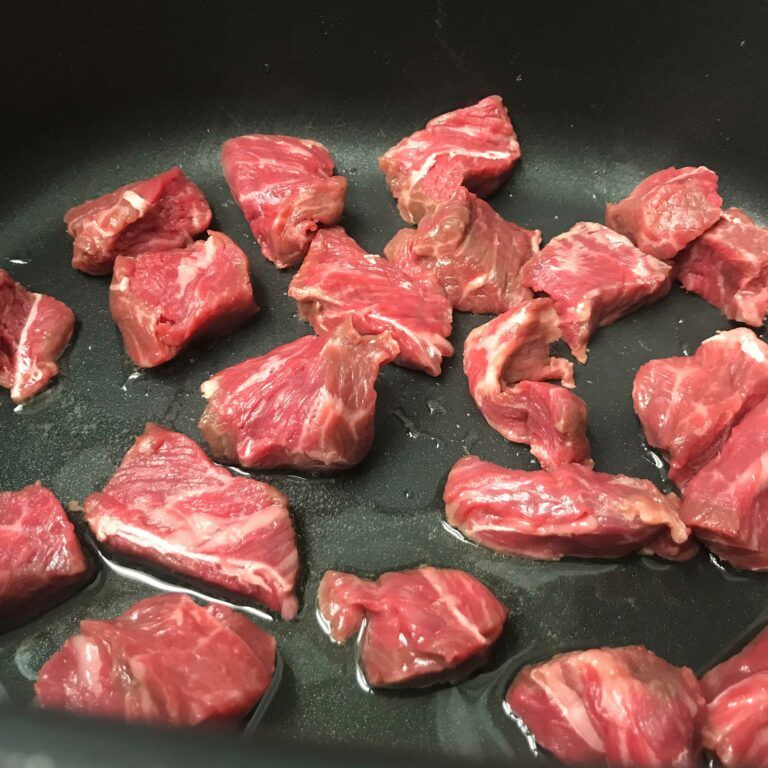
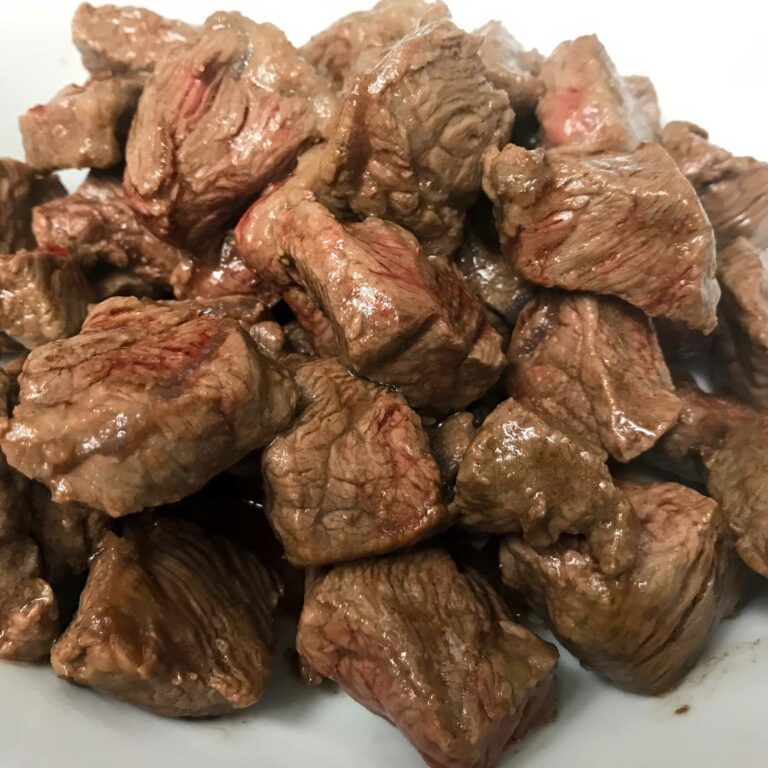
Once all the meat is browned, drain all but a tablespoon of the oil/fat from the pan. Add the curry spice mixture, and stir into the oil creating that famous rendang paste. Stir for about 30 seconds to combine.
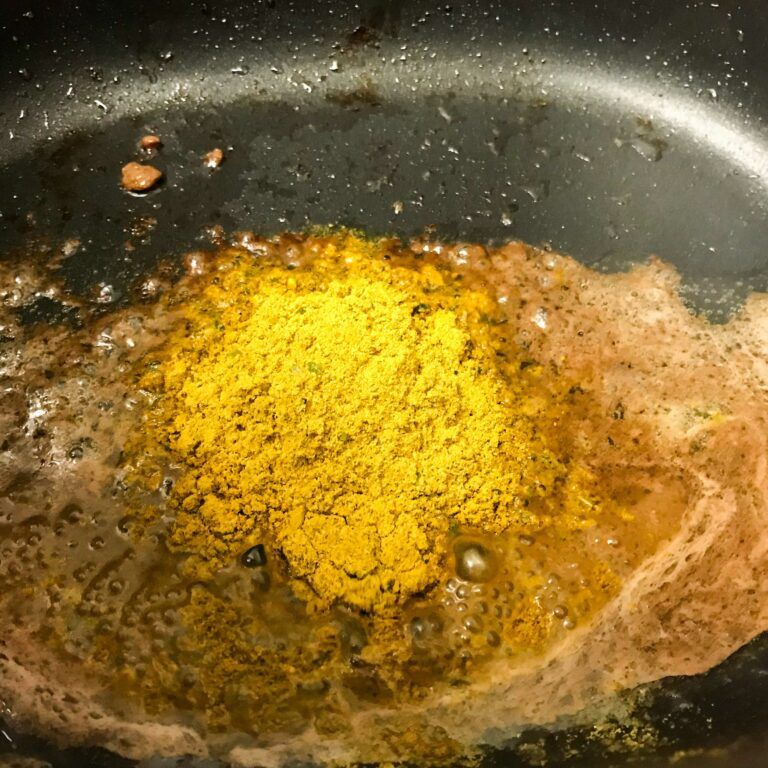
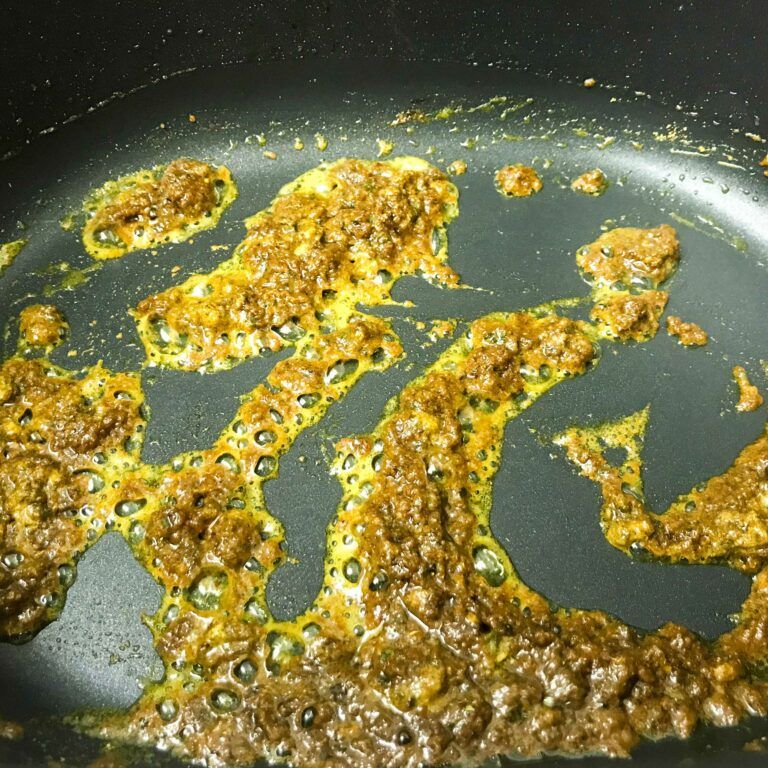
Add back the beef and any juices that have accumulated in the bowl. Add the water and coconut milk. NOTE: You can use all water to make this dish. I had coconut milk and decided to add it to add additional flavor and creaminess to the dish. It worked out great.
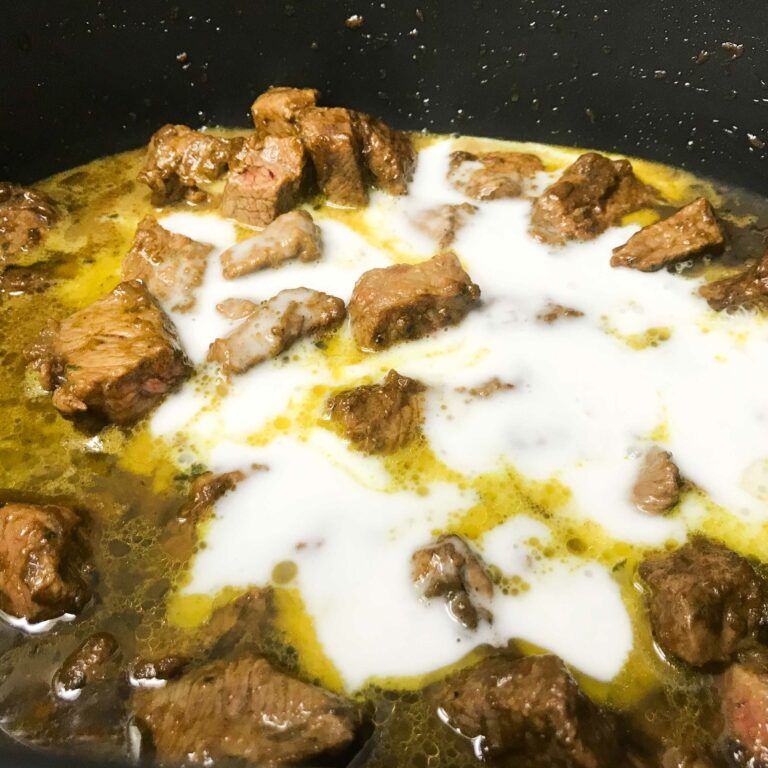
Stir everything and bring the stew to a boil. Reduce heat to low and cook for about 10 minute until the meat is almost cooked through.
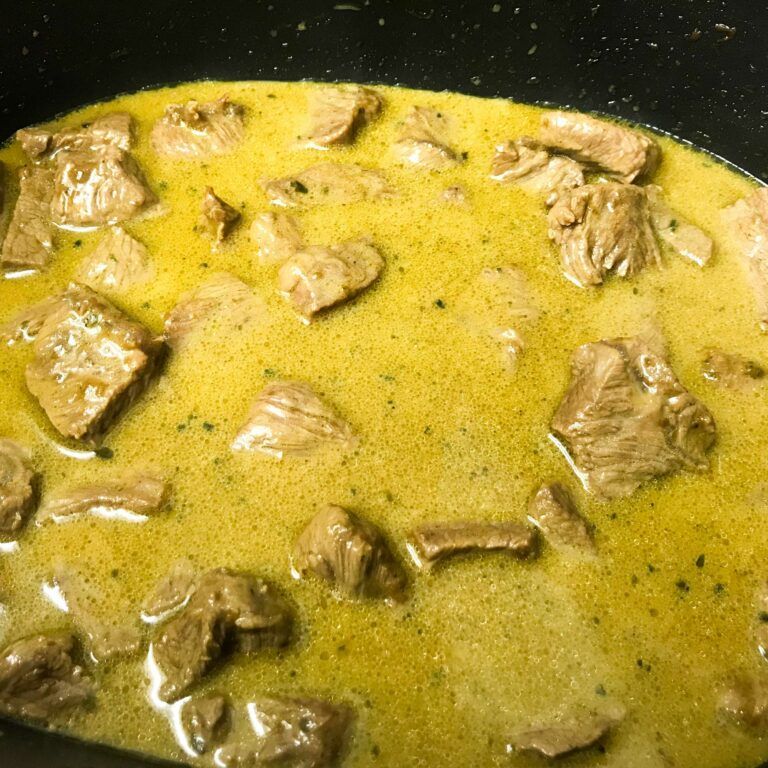
While that is cooking, you’ll make the Kerisik. Before we make the coconut component of this dish, let me answer some frequently asked questions about Kerisik and desiccated coconut.
Desiccated coconut is a dried, grated, and unsweetened form of coconut meat. It is made by removing the moisture from fresh coconut meat and then grating or shredding it into small, fine pieces. The easiest way to make your own is to start with unsweetened coconut from the store. By adding the coconut milk in this recipe and toasting it on the stove, you are adding the moisture of fresh coconut and then drying it out and toasting it on the stove. Next, you pulvarize it in the blender to get that very fine texture.
Alternatively you can buy fresh grated coconut or frozen from South Asian stores and then toast it. I do not have easy access to fresh grated coconut. Since I wanted this recipe to be as easy as possible, using the store bought unsweetened coconut is the way to go.
While the terms “desiccated coconut” and “shredded coconut” are sometimes used interchangeably, there can be a slight difference. Desiccated coconut is typically finer and drier than shredded coconut, which may have larger pieces and some residual moisture. Follow my instructions and your desiccated coconut will be just fine.
“Kerisik” is a traditional ingredient used in Malaysian and Indonesian cuisines. It is also known as “toasted coconut paste”.
Kerisik is commonly used as a flavor enhancer and thickener in various Malaysian and Indonesian curries and rendang. It adds a rich coconut flavor and a creamy texture to the dishes, making them more delicious and aromatic.
In this dish, we are taking desiccated coconut and toasting it and reducing it to a fine, sand like coconut paste known as Kerisik.
So, take 8 tablespoons of unsweetened coconut and one tablespoon of coconut milk and put it in a dry non-stick skillet and stir until the liquid is absorbed and the coconut is toasted. This will take 3-4 minutes. Stir often because the coconut can burn quickly if not attended.
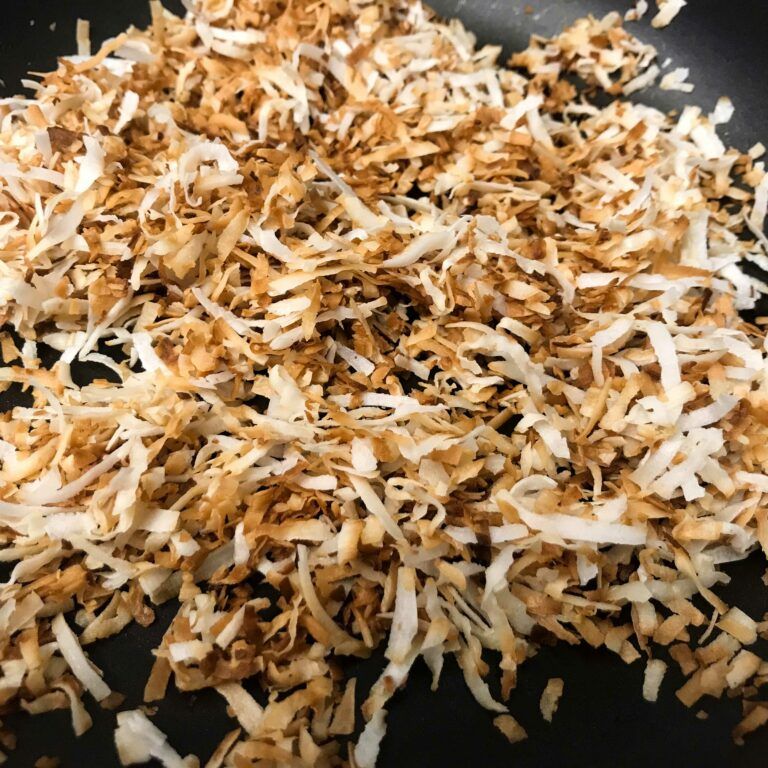
Remove the skillet from the stove and let it cool. Next, add it to a small food processor or spice mill and grind it until it has the texture of sand. If you don’t have a food processor or spice mill, use a mortar and pestal to grind the toasted coconut into a coconut paste.
Add the coconut and one tablespoon of sugar to the stew. Note that once again, this is optional. All the flavors and spice you need are in the curry seasoning but I like the texture that the Kerisik adds to this dish so I added it. PLUS, it is so simple to make, why wouldn’t you add it?
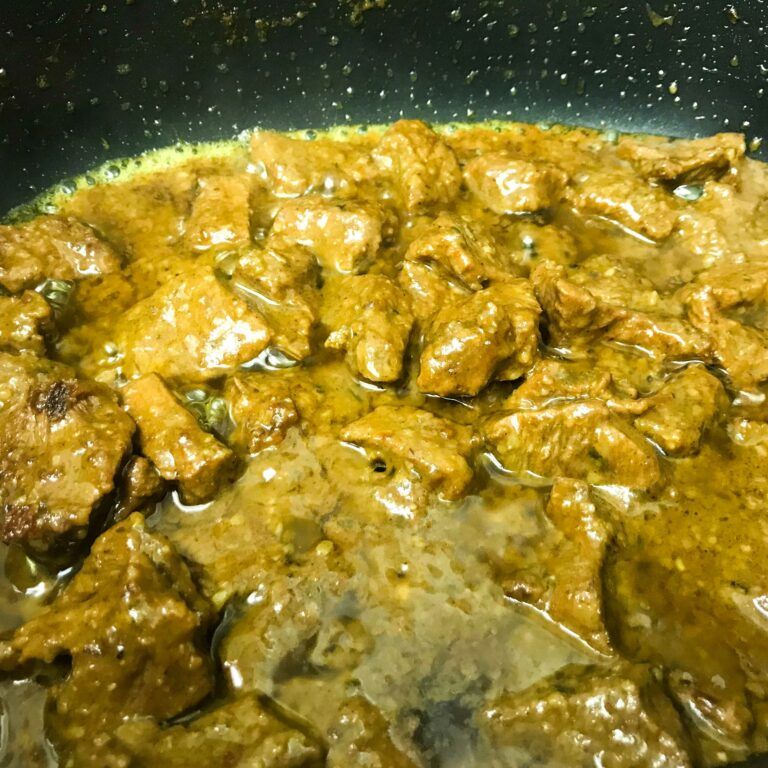
Reduce the heat to low and let the rendang curry cook for about 1 1/2 hours until the meat is fall apart tender. Taste and adjust seasoning. Add more sugar and/or salt if needed.
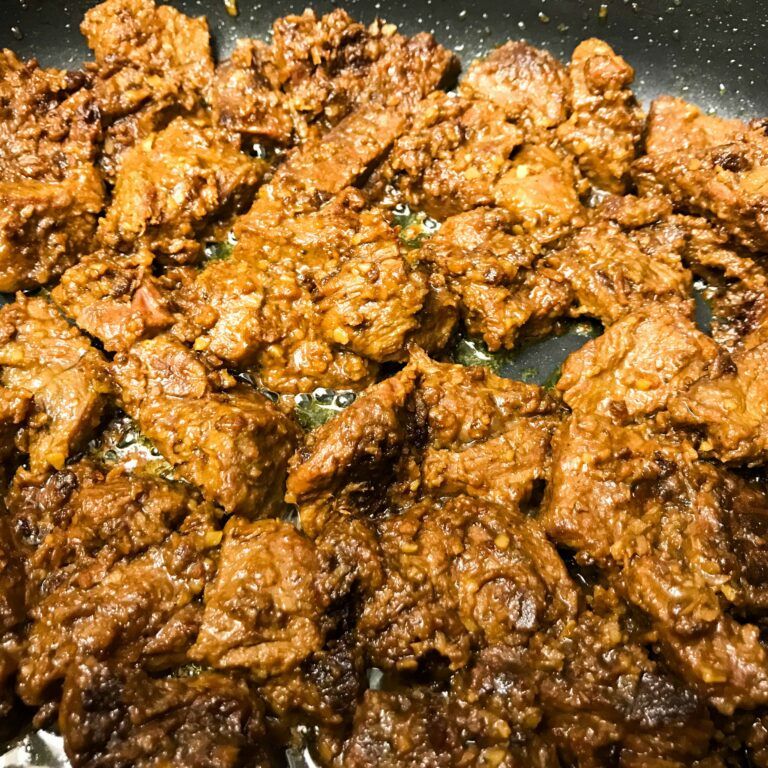
Serve the curry with steamed rice. Let me know what you think. It is rare that you can use a single spice blend to get this much flavor. It is so good.
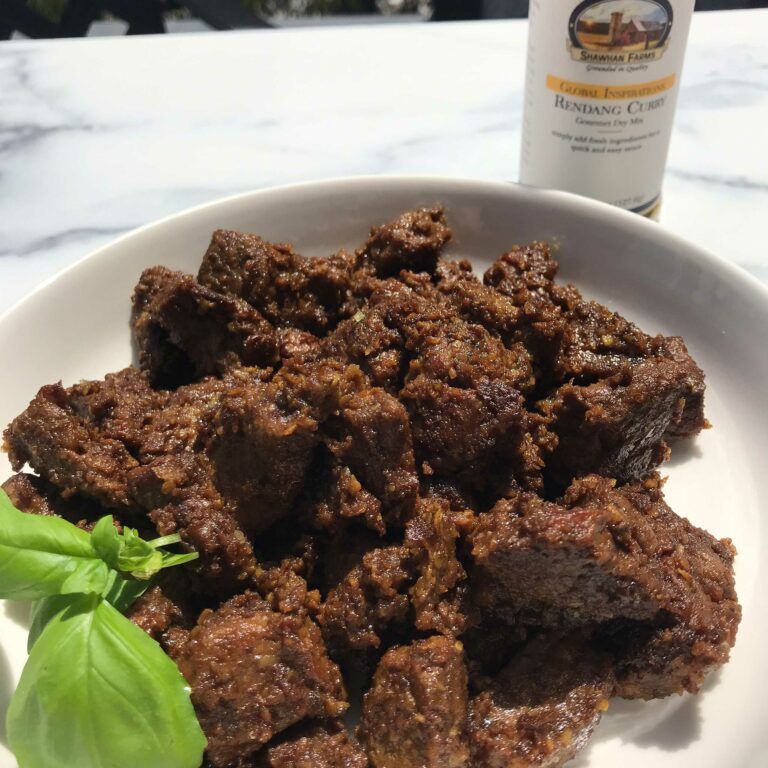
Did you like this stew? If so, be sure to try some of my other favorites:
Rosemary and Pomegranate Beef Stew
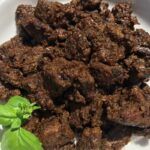
Easy Beef Rendang
Nutritional information is only an estimate. The accuracy of the nutritional information for any recipe on this site is not guaranteed.
Ingredients
- 1 1/2 Lbs. Boneless beef short ribs, cut into cubes
- 4 Tbsp. Shawhan Farms Rendang Curry Gourmet Dry Mix
- 2 Tbsp. Canola oil
- 1/2 Cup Coconut milk
- 1 1/4 Cups Water
- 8 Tbsp. Kerisik *see below
- 1 Tbsp. Sugar or to taste
- Kosher salt to taste
KERISIK
- 8 Tbsp. Desicated coconut (toasted unsweetened dried coconut)
- 1 Tbsp. Coconut milk
Instructions
- Make the Kerisik. Add 8 tablespoons of unsweetened coconut to a small, non-stick skillet. Add one tablespoon of coconut milk. Heat over medium-low heat until the liquid is absorbed and the coconut is toasted and golden brown. Stir frequently for about 3-4 minutes so it doesn’t burn. Let it cool.
- Add the toasted coconut to a small food processor, spice mill or chopper and blend until it is the texture of brown sugar or sand. Alternatively, use a pestle and mortar and grind it. This is what makes desicated coconut…the fine chop.
- Cut your beef into small cubes. Heat the oil in a large dutch pot over medium-high heat. Sprinkle the meat with salt and in batches, brown the meat in the oil. Once brown, remove to a bowl. Continue browning the meat and adding to the bowl. Be sure you aren’t crowding the pot or the meat will steam and get rubbery.
- Drain off all but a tablespoon of the fat in the pan. Add the Shawhan Farms Rendang Curry Gourmet Dry Mix and stir into the oil. Stir until fully incorported. Add back all the beef and juices that accumulated in the bowl. Stir to combine. Add the coconut milk, and water, and simmer on medium heat, stirring frequently until the meat is almost cooked. About 10 minutes.
- Add the toasted coconut and sugar, stirring to blend well with the meat.
- Bring the liquid to a boil then lower the heat to low and simmer for 1 to 1 1/2 hours or until the meat is really tender and the gravy has dried up. The meat should be coated in a thick layer of sauce and coconut. There should NOT be any liquid or sauce. This is a dry curry. Add more salt and sugar to taste. Serve with steamed rice.











